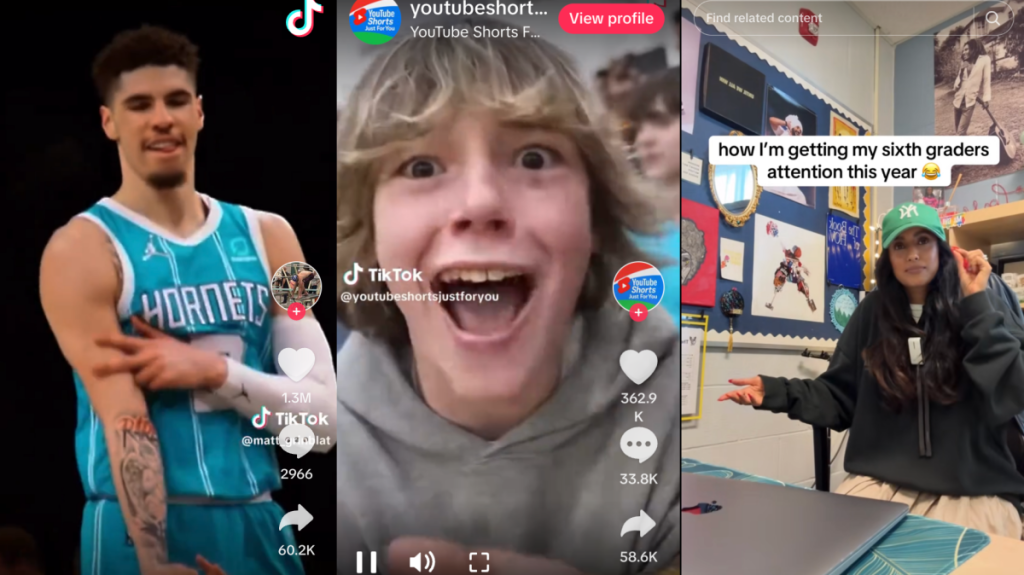The “6-7” meme has taken the internet by storm, with children and young adults everywhere repeating the phrase in a specific cadence. The meme originated from a rap track called “Doot Doot” by Skrilla, in which he sings “6-7” in the now-familiar rhythm. According to Know Your Meme, this phrase is likely a reference to a street in Philadelphia.
The meme gained traction on TikTok, where users created edits of basketball players, including 6-foot-7-inch tall LaMelo Ball, using the song. From there, the meaning and use of “6-7” evolved, with a key iteration involving a kid at a basketball game using the lyric and an accompanying hand motion as a celebratory gesture. This hand motion has become the standard way for people to meme “six-seven” in real life.
The “6-7” meme has since become a viral phrase, often used as a form of nonsense or filler. It is not about the song, basketball, height, or the numbers six and seven themselves, but rather about embracing silliness and having fun. When someone says “six,” “seven,” “six-seven,” or “67,” it has become an opportunity for others to join in and repeat the phrase.
TikTok has played a significant role in shaping language, particularly among young people. The platform’s ability to facilitate the rapid creation and dissemination of memes and viral phrases has allowed the “6-7” meme to spread quickly. This phenomenon is not unique to the “6-7” meme, as TikTok has been instrumental in popularizing various internet slang and challenges.
The “6-7” meme is a prime example of how social media can influence language and culture. Its evolution from a rap song to a viral phrase has been swift, and its significance extends beyond the meme itself. It highlights the power of social media in shaping the way people communicate and interact with each other. As with any viral trend, it is likely that the “6-7” meme will eventually fade, but its impact on the online landscape will be remembered.
